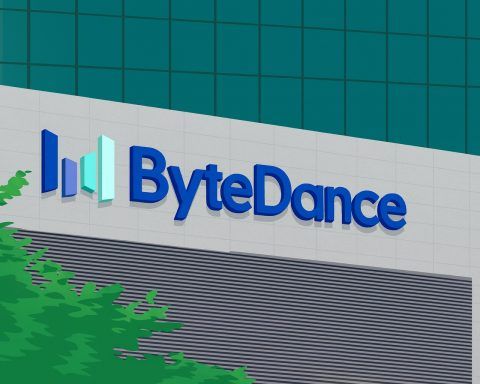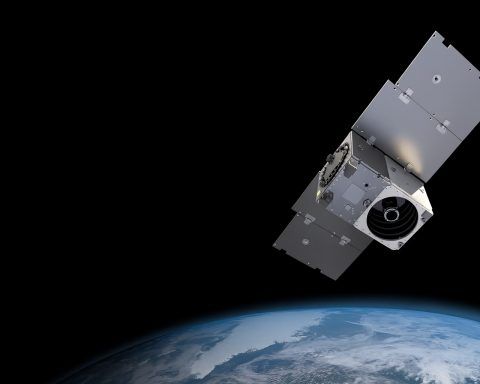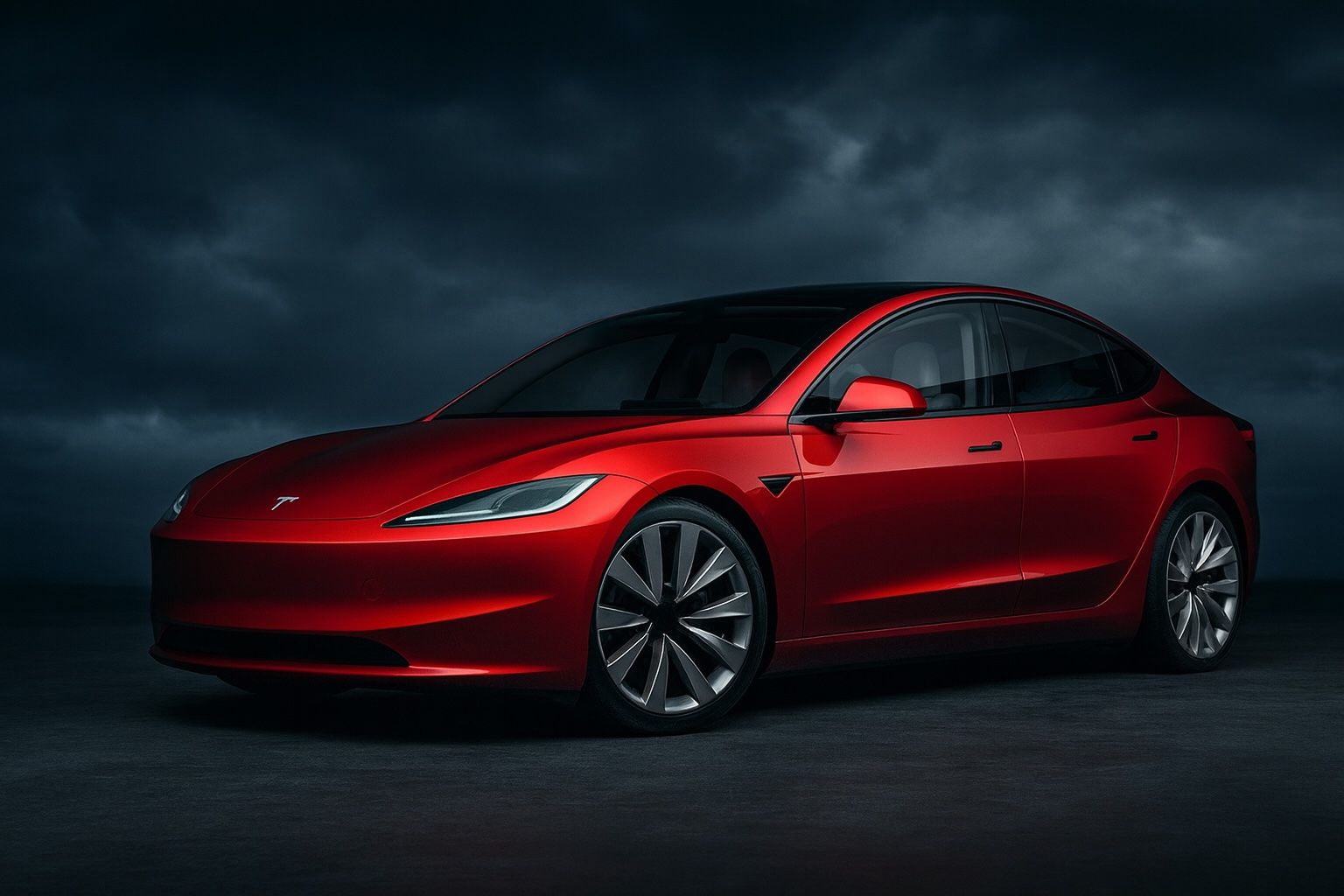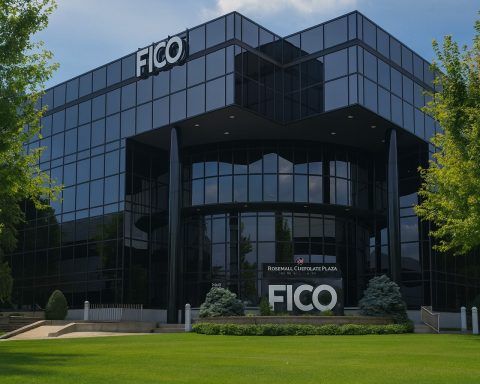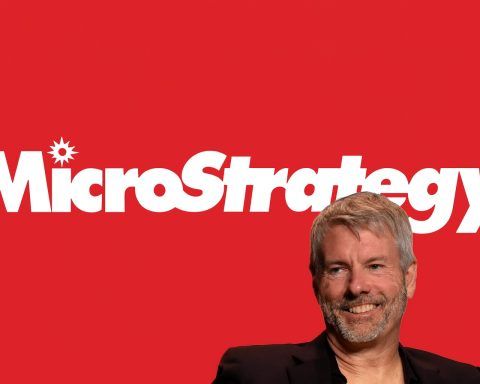
Palantir Stock Skyrockets on Boeing AI Partnership – Analysts Weigh In
Stock Performance Today (Oct 3, 2025) PLTR began today’s session near the previous day’s close (around $186) and slipped modestly in morning trading. As of 9:48 AM ET on Oct 3, it was about $184.50 (–1.36%). The stock remains close to



